// PCF8574 Explosion Demo (using same pin for Input AND Output)
// Hari Wiguna, 2016
#include <Wire.h>
uint8_t address;
void WriteIo(uint8_t bits)
{
Wire.beginTransmission(address);
Wire.write(bits);
Wire.endTransmission();
}
uint8_t ReadIo()
{
WriteIo(B11111111); // PCF8574 require us to set all outputs to 1 before doing a read.
Wire.beginTransmission(address);
Wire.requestFrom((int)address, 1); // Ask for 1 byte from slave
uint8_t bits = Wire.read(); // read that one byte
Wire.endTransmission();
return bits;
}
void ExplosionAnimation(uint8_t startAt)
{
for (int i = 0; i < 8; i++)
{
uint8_t bits = B11111111; // All bits off
// Turn on bits as long as it is not beyond our one byte "display"
int lowerSide = startAt - i;
int higherSide = startAt + i;
if (lowerSide >= 0) bitClear(bits, lowerSide);
if (higherSide <= 7) bitClear(bits, higherSide);
WriteIo(bits); // Display the computed bit pattern
delay(90); // Allow humans to see the bit pattern
WriteIo(B11111111); // Erase "display"
}
}
void setup() {
Wire.begin(); // Arduino needs (SDA=A4,SCL=A5)
//Wire.begin(0,2); // ESP8266 needs (SDA=GPIO0,SCL=GPIO2)
address = 0x20;
}
void loop() {
uint8_t bits = ReadIo(); // Read all switches
//-- Don't do anything unless they press a switch --
if ( bits != B11111111) // Unless they're all high...
{
//-- Find lowest pressed switch --
for (byte bitIndex = 0; bitIndex < 8; bitIndex++)
if (bitRead(bits, bitIndex) == 0) {
ExplosionAnimation(bitIndex);
exit;
}
}
}
HariFun#133 More I/O Madness
Controlling 8 LEDs, and reading 8 switches
using just 2 Arduino pins!
 Hari Wiguna
Hari Wiguna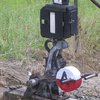
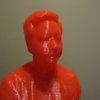

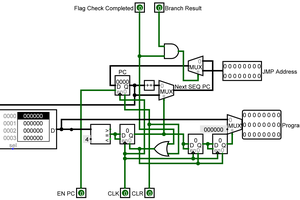
 Reed Foster
Reed Foster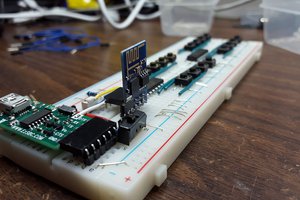
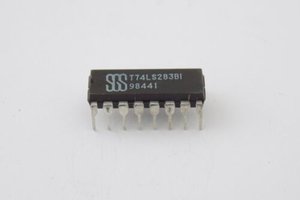
 kaimac
kaimac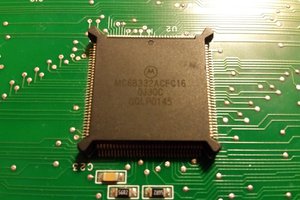
Hi and thank you for this awesome project.
Am trying to apply this in a project where you can toggle on and off the LEDs by the coressponding Button and save he LEDs states to the EEPROM for later retrieval.
But unfortunately I have not been successful so far.
Any guidance/help would be highly appreciated.
Cheers! :)